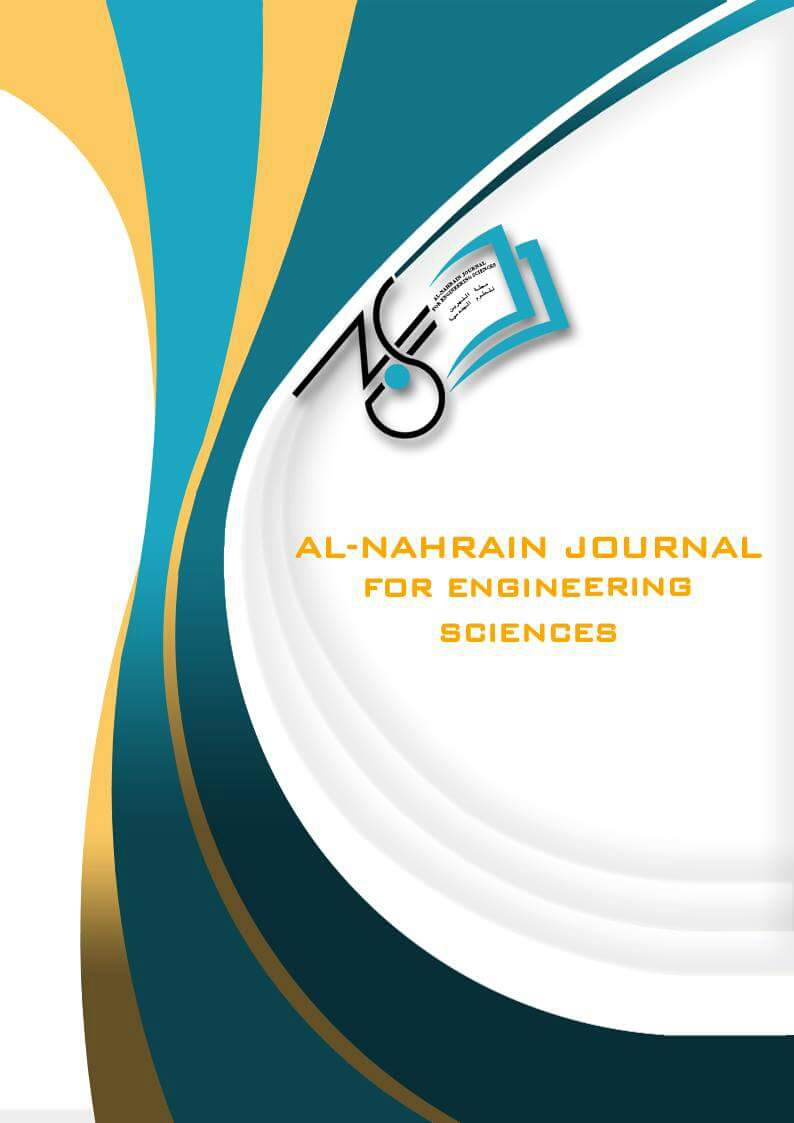Transforming Traditional Photovoltaic Panels into Thermal/ Photovoltaic Panels Incorporating Composite-Phase Change Materials
DOI:
https://doi.org/10.29194/NJES.27030320Keywords:
Phase Change Materials , PV/T, Iraqi wax, Al2O3, Hybrid PV/TAbstract
Solar panels are constantly evolving, with changes occurring in the materials used, panel shapes, and the method used to attach solar cells to the panels. Solar radiation consists of two components: photovoltaic energy, which is used to generate electricity via photovoltaic panels, and thermal energy, which, on the other hand, can reduce the efficiency of photovoltaic panels. Thermal photovoltaic panels are a recent breakthrough in the industry as they use light to generate energy and heat to reheat cryogenic liquid for a variety of purposes. One subtype that is gaining popularity is hybrid photovoltaic thermal panels, which are designed to enhance heat use by adding a heat storage medium, with phase change materials being a noteworthy example. Despite their numerous benefits, these materials have limited heat conductivity, necessitating substantial research efforts to improve this attribute. However, most research focus solely on enhancing conductivity without applying the findings to PV panels in a comprehensive manner. This study fills this gap by reviewing the phase change materials accessible locally, picking Iraqi wax, researching additions, selecting micro- particles of aluminum oxide (Al2O3), investigating the mixing procedure, and calculating the ideal mixing ratio (6% additive to wax). The combination is then placed to a normal solar panel, resulting in a hybrid photovoltaic panel with a complicated phase transition material reinforced with aluminum oxide.
Downloads
References
Adams, S., Klobodu, E. K. M., & Apio, A. (2018). Renewable and non-renewable energy, regime type and economic growth. Renewable Energy, 125, 755-767. DOI: https://doi.org/10.1016/j.renene.2018.02.135
Skoplaki, E., & Palyvos, J. A. (2009). On the temperature dependence of photovoltaic module electrical performance: A review of efficiency/power correlations. Solar energy, 83(5), 614-624. DOI: https://doi.org/10.1016/j.solener.2008.10.008
Khudhair, A., Hatem, F., & Mohammed Ridha, D. (2018). Enhancement of Thermal Storage Properties of Phase Change Material by Using Metallic Swarf. Engineering and Technology Journal, 36(5), 586-595. DOI: https://doi.org/10.30684/etj.36.5A.15
Rad, M. A. V., Kasaeian, A., Mousavi, S., Rajaee, F., & Kouravand, A. (2021). Empirical investigation of a photovoltaic-thermal system with phase change materials and aluminum shavings porous media. Renewable Energy, 167, 662-675. DOI: https://doi.org/10.1016/j.renene.2020.11.135
Sharaf, M., Yousef, M. S., & Huzayyin, A. (2021). Efficiency Enhancement of Photovoltaic Module Using an Aluminum Foam Matrix Filled with Phase Change Material (PCM) Under Hot Climate Conditions. DOI: https://doi.org/10.21203/rs.3.rs-1118368/v1
Hassan, Q., Abbas, M. K., Abdulateef, A. M., Abdulateef, J., & Mohamad, A. (2021). Assessment the potential solar energy with the models for optimum tilt angles of maximum solar irradiance for Iraq. Case Studies in Chemical and Environmental Engineering, 4, 100140. DOI: https://doi.org/10.1016/j.cscee.2021.100140
Downloads
Published
Issue
Section
License
Copyright (c) 2024 Mustafa K. Ahmed, Abdul Jabbar N. Khalifa

This work is licensed under a Creative Commons Attribution-NonCommercial 4.0 International License.
The authors retain the copyright of their manuscript by submitting the work to this journal, and all open access articles are distributed under the terms of the Creative Commons Attribution-NonCommercial 4.0 International (CC-BY-NC 4.0), which permits use for any non-commercial purpose, distribution, and reproduction in any medium, provided that the original work is properly cited.














